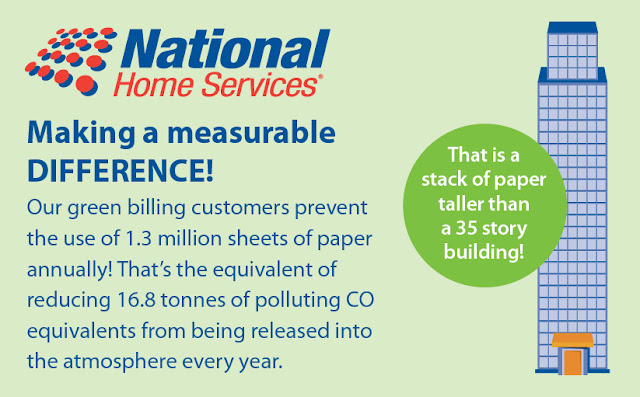
What better way to celebrate our nation's big day than to treat it right with eco friendly activities. We here at National Home Services want you and your family to make the most out of your holiday, that being said, it should also be cost effective and environmentally friendly! (It’s kind of our thing) That’s why we have put together a list of 10 eco friendly activities for you and your family.
1. Go Camping
Pack up your stuff, hop in the car and head out to one of Ontario’s beautiful campgrounds. Some options are the Cedar Park Resort in Hampton, or Ponderosa Camp Ground in Mount Albert. Don’t forget the bug spray, and, more importantly, the marshmallows.
2. Visit a Provincial Park
Take a chance this weekend to visit a provincial park. They are the perfect place to take in the sights and sounds of nature, and an even better venue for a date.
3. Start your Garden
The weekend is calling for good weather, so why not get out there and start on that garden you have been staring at since the start of spring.
4. Family Bike Ride
Whether you are taking on The Ontario Bicycling Route, or just taking a lap of the neighborhood with friends and family, biking is an eco friendly way to enjoy the beauty of summer and get some exercise.
5. Start a Compost
Grab any extra wetted organic matter (leaves, “green” food waste) and start composting. This is a great way to teach the kids about the importance of recycling material, and will act as great fertilizer for your garden.
6. Go for a Hike
For some of the best trails Ontario has to offer, make your way to the Algonquin Provincial Park Trails where you can see 45 species of mammals, 138 breeding birds and a variety of plants, trees and fungi.
7. Organize a Park Clean Up
Give back to your community and organize a park clean up on Canada Day. It is a great precursor for a block party, and I like to think of it as a mini spa treatment for Canada.
8. Visit the Farmers Market
Head out to the local farmers' market and purchase some organic products to support local vendors and, of course, the environment.
9. Spend Time in your Backyard
Organize a barbeque with family and friends. Soak up the sun with great food and refreshments while the kids play in the yard.
10. Organize a Treasure Hunt
Make a list of some unique spots in your neighborhood, and embark on a treasure hunt with the family. Don’t forget to enjoy the time with your family.



